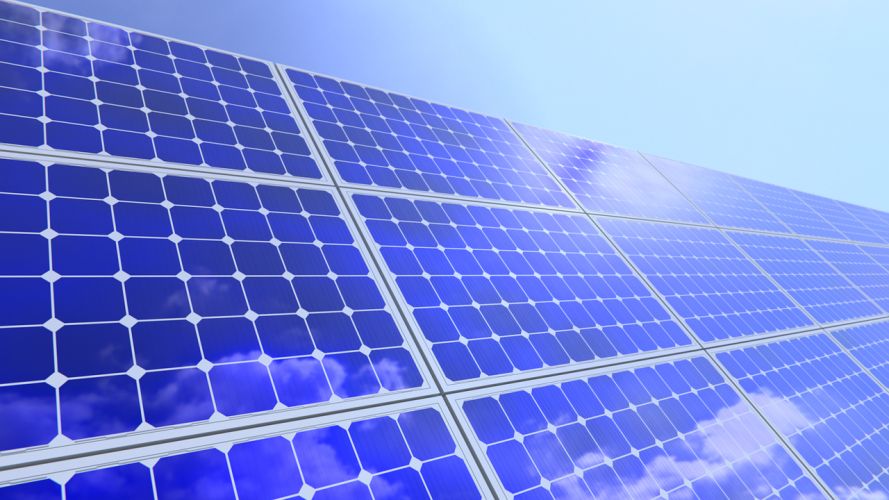Solar panels improved with water harvester
A sorption-based atmospheric water harvester developed in Saudi Arabia could make photovoltaic devices more efficient in hot climates.


The cooling system developed at KAUST is said to have improved the efficiency of a prototype solar panel up to 20 per cent and requires no external energy source to operate.
KAUST team create hydrogel combination to tap more water from air
Commercial silicon photovoltaic panels transform a small portion of absorbed sunlight into electricity, while the remainder of the radiation becomes heat. Efforts to cool solar panels with techniques including refrigeration or air conditioning tend to consume more energy than can be gained back through efficiency boosts.
Now, a team led by Peng Wang from KAUST's Water Desalination and Reuse Center has developed a proof-of-concept device that aims to reverse this situation via the natural properties of the Earth’s climate. The team’s results are published in Nature Sustainability.
The KAUST researchers have already developed a polymer containing calcium chloride, which is a powerful desiccant. When exposed to humid air, this material gradually expands as the calcium salts pull water into the gel, eventually doubling its initial weight. By incorporating heat-absorbing carbon nanotubes into the polymer framework, the team found they could reverse this cycle and trigger the release of water with solar energy.
Register now to continue reading
Thanks for visiting The Engineer. You’ve now reached your monthly limit of news stories. Register for free to unlock unlimited access to all of our news coverage, as well as premium content including opinion, in-depth features and special reports.
Benefits of registering
-
In-depth insights and coverage of key emerging trends
-
Unrestricted access to special reports throughout the year
-
Daily technology news delivered straight to your inbox










Water Sector Talent Exodus Could Cripple The Sector
Maybe if things are essential for the running of a country and we want to pay a fair price we should be running these utilities on a not for profit...